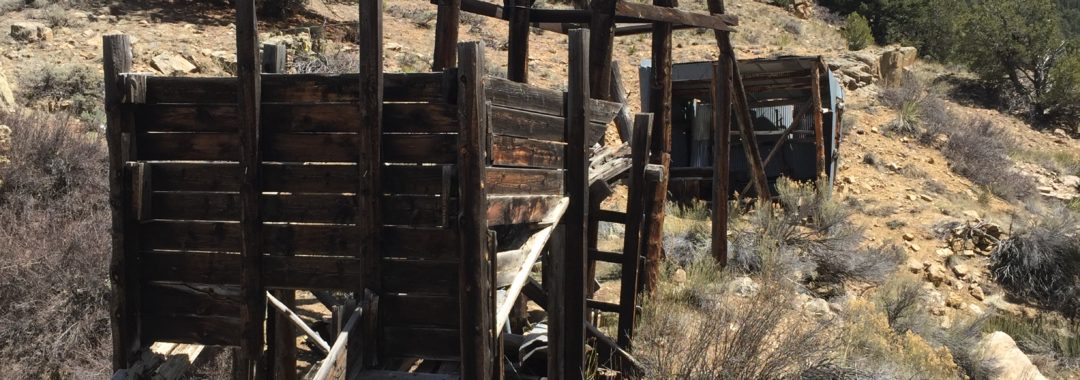The National Electric Code Has Come a Long Way Over the Years
by Steve Eberling
Back in the day, if something was wired and it worked you were considered an electrician. How things have changed.
The National Electric Code was first published in 1897. Back then the method of wiring was knob & tube consisting of porcelain posts supporting electrical wires several inches from what they were secured to in attics, basements and outer surfaces of ceilings and walls. Only two wires since grounding wasn’t deemed necessary. This was an easy way to install electricity in existing structures by owners that could afford it.
Electrical work according to the NEC then became required by the National Fire Protection Association. Structural fires were probably caused by wood and coal burning stoves or oil lamps but electric wires couldn’t be ruled out as the cause.
First introduced the NEC was only fifty-eight pages not very big at that, about 8” high by 5” wide possibly not so much as to prevent fires as to protect electricians from this liability. Since 1989 NEC included many more pages about the same size with additional installation requirements. The 2020 code is nine hundred 8 ½”X11” pages.
Likewise, in Colorado anyway, a test had to be taken in order to obtain a license to legally perform electrical work as a contractor, required for commercial or industrial work. Residential home owners being exempt. But once the test was passed as a residential, journeyman or master electrician you had it unless wanting to up-grade. In this state, it isn’t compulsory for a contractor to have a maters license to do electrical work provided they employ one. Back then a license allowed six apprentices to work under it but now it’s three. Additional testing was also required, arguably good because they kept getting more difficult to pass. Twenty-four hours of credited classes are now necessary every three years.
Due to additional requirements, it now costs quite a bit more for material and labor to wire residences as awhile back. More advanced products offer more protection against shock and fires but rising costs don’t necessarily mean structures work more efficiently. Explaining it all in detail becomes quite involved and necessitates an understanding of the National Electric Code and how electricity works.
For electricians involved for years in the trade it’s all complicated enough, but the bottom line is it might be overwhelming to many wanting to become electricians. Let’s face it, they are not doctors, lawyers or such and this skill requires vigorous labor.
Although NFPA 70E, Electrical Safety in the Workplace is not readily referenced in the National Electric Code (NFPA 70), it’s practices are becoming more mandatory requiring further material and time.

